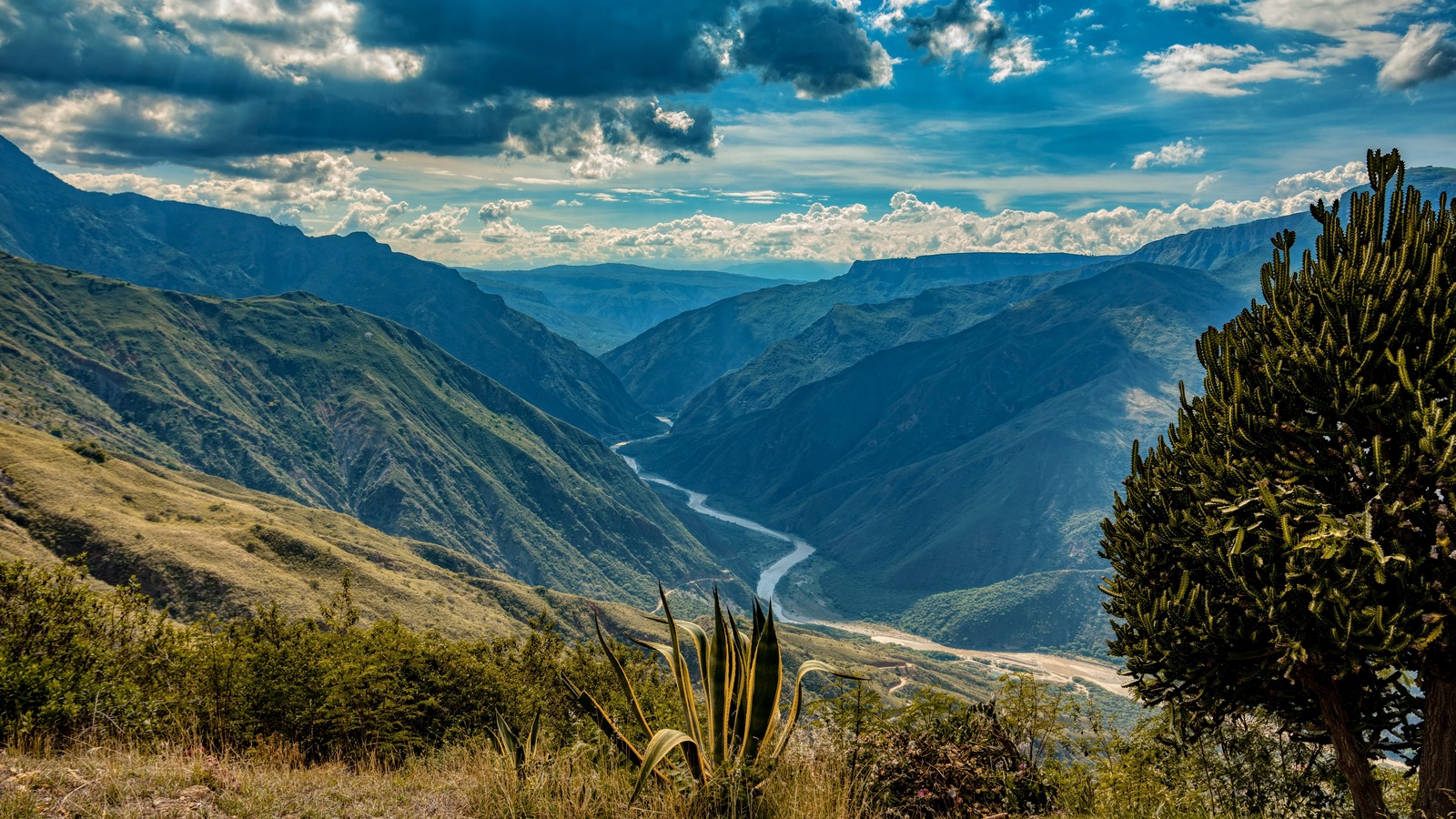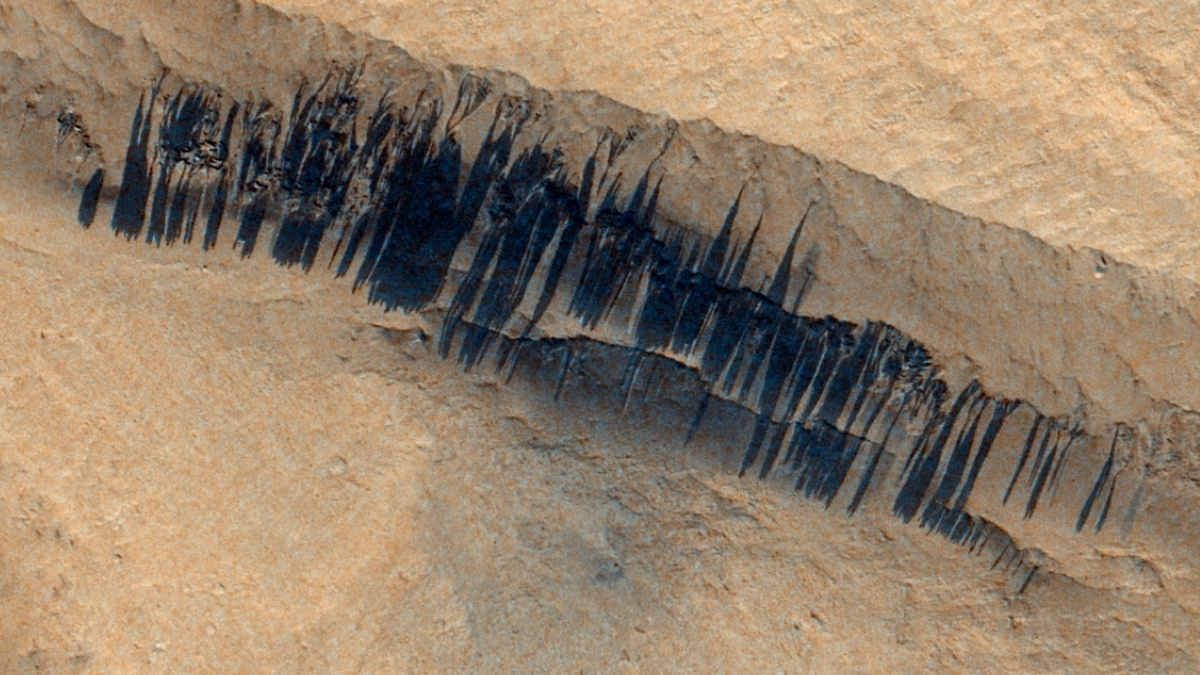In a remarkable turn of events, a temporary volcanic island formed and quickly vanished in the Caspian Sea. Captured by NASA satellites, the “ghost island” emerged in early 2023 following an underwater eruption near Azerbaijan’s coast. The island, created by the eruption of the Kumani Bank mud volcano, measured approximately 1,300 feet in width but soon eroded and disappeared by late 2024. This fleeting landmass, as shown in a series of images captured by NASA’s Earth Observatory, highlights the dynamic and unpredictable nature of underwater volcanoes, especially those situated in geologically active zones like Azerbaijan.
The Emergence of the Ghost Island
In late January 2023, satellite images revealed a startling phenomenon: a temporary landmass rising above the waves of the Caspian Sea. This brief appearance followed an eruption of Kumani Bank, an underwater mud volcano located approximately 15 miles off Azerbaijan’s eastern coast. The eruption, which was not violent but still powerful, caused a mud eruption strong enough to push debris and mud to the surface. This created a small island visible from space, which was eventually dubbed the “ghost island.” By February 4, 2023, the island reached a width of about 1,300 feet, an area significant enough to be tracked and studied. However, despite its formation, the island was unstable, and its lifespan was always expected to be short-lived.
Mud volcanoes, like the Kumani Bank volcano, are quite different from traditional lava volcanoes. Rather than spewing lava, these volcanoes release superheated mud, water, and gases. The geothermal heat beneath the Earth’s crust forces the pressurized slurry to the surface. The resulting “islands” or mud mounds often form briefly, as the instability of the structure means they erode rapidly once the eruption subsides. In this instance, by late 2024, the landmass had largely retreated from view, reaffirming the island’s ephemeral nature.


Mud Volcanoes and Their Role in Creating Temporary Landmasses
Mud volcanoes are relatively common in areas where tectonic activity is high. Azerbaijan is home to over 300 mud volcanoes, many of which lie beneath the Caspian Sea. The region’s proximity to the convergence zone of the Arabian and Eurasian tectonic plates contributes to its geothermal activity, which sustains the mud volcanoes. While these eruptions are not typically as destructive as those of traditional volcanoes, they can still result in significant environmental phenomena, such as the creation of temporary landmasses.
The Kumani Bank eruption is not the first time such an event has been recorded. In fact, the volcano has erupted multiple times since its discovery in 1861, with each eruption forming short-lived islands that eventually erode back into the sea. This behavior is a hallmark of mud volcanoes, where the eruption and subsequent erosion occur in rapid succession. Notably, the most powerful eruption at Kumani Bank occurred in 1950, creating an island that stretched 2,300 feet across and reached a height of 20 feet above sea level. While not as large, the 2023 eruption still sparked significant interest due to the rapid changes in the island’s existence.
The Unpredictable Nature of Underwater Volcanic Eruptions
Underwater volcanic eruptions are known for their unpredictability. While many may result in gradual shifts to the seafloor, others—like the one at Kumani Bank—can lead to the formation of islands. These underwater eruptions are usually caused by pressure building beneath the ocean floor due to tectonic plate movements. When this pressure is released, the resulting explosion can push water, mud, and gas to the surface, creating new landmasses.
The formation of a temporary island, especially one that emerges from the depths of the Caspian Sea, showcases the complexity of these volcanic processes. The fact that these islands tend to disappear as quickly as they form demonstrates the dynamic nature of the earth’s crust and the unpredictable outcomes of volcanic activity. This phenomenon is not unique to Azerbaijan, as similar events have been recorded in other parts of the world, such as the 2015 eruption of Hunga Tonga-Hunga Ha’apai, which created an island that was later wiped out in 2022. The temporary islands formed by underwater volcanoes are often referred to as “ghost islands” due to their brief existence and sudden disappearance.
Why Do Mud Volcanoes Erupt?
Mud volcanoes differ from traditional volcanoes in both their composition and eruption styles. While regular volcanoes spew lava and ash, mud volcanoes release mixtures of mud, water, and gas. The reason for these eruptions lies in the intense geothermal heat trapped beneath the Earth’s surface. The heat causes pressurized water and mud to rise through cracks in the Earth’s crust. As the mud reaches the surface, it creates a small mound or island, which can remain visible for a short period. However, the nature of the eruption makes these structures highly unstable. The mud flows back into the sea, causing the temporary islands to erode quickly.
Unlike lava volcanoes, which are explosive and often destructive, mud volcanoes tend to cause less immediate damage. The eruptions may be dramatic due to the release of gas and other chemicals, but they rarely have the same lasting effects on the landscape. Nevertheless, the gas released from these volcanoes can ignite under certain conditions, creating fiery eruptions, like those witnessed off the coast of Azerbaijan in 2021. This explosive gas release adds another layer of danger to these otherwise fascinating natural events.
The Global Significance of Mud Volcanoes
Mud volcanoes are found in several regions around the world, including Azerbaijan, Indonesia, and parts of the Mediterranean. Their presence provides valuable insight into the geological processes that shape the Earth’s surface. While these volcanoes are not as well-known as their lava-producing counterparts, they play an essential role in the study of geothermal activity and tectonic movements. In Azerbaijan, for instance, mud volcanoes help scientists understand the complex interactions between the Arabian and Eurasian plates.
Despite their relatively quiet eruptions, mud volcanoes have a significant environmental and geological impact. The mud and gas released during eruptions can alter the surrounding ecosystems, influencing marine life and the local climate. Furthermore, these eruptions offer a window into the Earth’s internal processes, shedding light on the ongoing changes in the planet’s crust.
Source link


